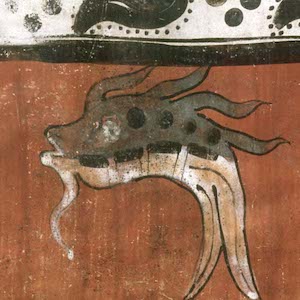Social Structure

Children in Urban America
Children in Urban America (CUAP), focuses on children and childhood primarily in the greater Milwaukee area from 1850 to 2000.
The Atlantic Slave Trade and Slave Life in the Americas: A Visual Record
The images document the history of enslavement in West and West Central Africa, the English and French Caribbean, Brazil, and the United States.
Caribbean Views
The online collection is of extraordinary quality, both in terms of the scanned images and the contextual detail provided.
Maya Vase Database: An Archive of Rollout Photographs
The vases include scenes of palace life, mythology, warfare, and animals.
Great Unsolved Mysteries in Canadian History
Students may begin by focusing on 'solving' the crime itself, but along the way will be drawn into the consideration of wider issues
Marxists Internet Archive
Because the Archive offers such a wide-ranging set of sources from the Marxist tradition, students can be encouraged to explore cross-cultural comparisons.Sieyès, "What Is the Third Estate?" (1789)
Emmanuel–Joseph Sieyès was born at Fréjus, 3 May 1748. He was educated at a Jesuit school, became a licentiate of the canon law, and was appointed vicar–general by the bishop of Chartres.
Antislavery Agitation: Abbé Raynal, Philosophical and Political History of the Settlements and Trade of the Europeans in the East and West Indies (1770)
Abbé Guillaume–Thomas Raynal (1711–96), known by his clerical title [abbé refers to ecclesiastical training], first published his multivolume history of European colonization anonymously in French in 1770.
Zalkind–Hourwitz, Vindication of the Jews (1789)
In 1789, 40,000 Jews lived in France, most of them in the eastern provinces of Alsace and Lorraine. In some respects, they were better treated than Calvinists under the laws of the monarchy; Jews could legally practice their religion, though their other activities were severely restricted.
Rousseau’s The Social Contract
Jean–Jacques Rousseau was the maverick of the Enlightenment. Born a Protestant in Geneva in 1712 (d. 1778), he had to support himself as a music copyist. Unlike Voltaire and Montesquieu, both of whom came from rich families, Rousseau faced poverty nearly all his life.